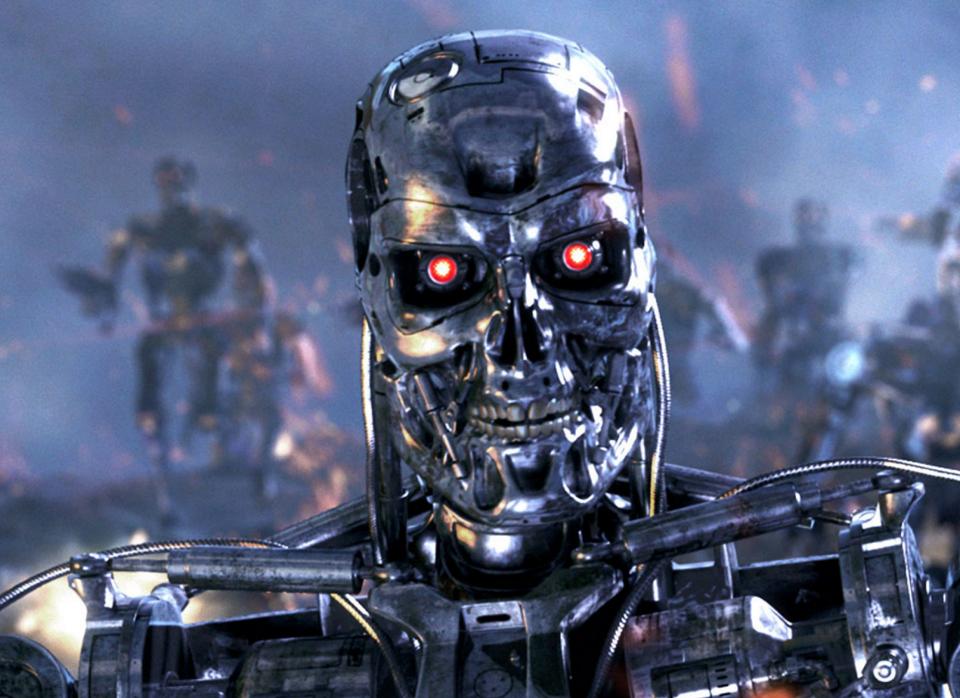Summary
- Google has announced AutoML — automatic machine learning, which beats human engineers at some things.
- In the future, Google foresees AI neural net design becoming simple enough for the average user to custom design them.
- An AI kill switch has been embedded by Google.
Few days go by that I don’t consider how far technology has come in such a short while. Those as young as in their 20’s may faintly remember a time when telephones had wires, laptops were incredibly rare and sped along at 16MHz, and monitors were still monochrome.
Truly we’re yet in the bare infancy and it boggles the mind to consider where we might be headed from here. Google has offered a glimpse of just how incredibly evolved technology is becoming. So smart, that we now have AutoML: automatic machine learning; that is, artificial intelligence developing artificial intelligence.
Machine learning typically uses methods which require the code to go through multiple layers of neural networks. This still requires a lot of Google engineer manpower for data interpretation and direction. Google figured it was high time to build AI which can build the neural networks for them.
“Typically, our machine learning models are painstakingly designed by a team of engineers and scientists,” says Google. “This process of manually designing machine learning models is difficult because the search space of all possible models can be combinatorially large — a typical 10-layer network can have ~1010 candidate networks! For this reason, the process of designing networks often takes a significant amount of time and experimentation by those with significant machine learning expertise.”
To dumb it down for us, Google uses a child rearing analogy: The controlling network — the parent, proposes a model architecture — a child, which is then assigned a task. The result is evaluated by the parent network for successes and failures. The child is then adjusted and the process repeated. Thousands upon thousands of times over.
In Google’s words, “In our approach (which we call “AutoML”), a controller neural net can propose a “child” model architecture, which can then be trained and evaluated for quality on a particular task. That feedback is then used to inform the controller how to improve its proposals for the next round. We repeat this process thousands of times…”

The kill switch
This AI talk may conjure up images of The Terminator and Skynet. Machines becoming self-aware and then rebelling against mankind with horrible, disastrous consequences. Perhaps eliminating us to a scant few pockets of human resistance living in squalid underground caverns and tunnels, fighting to keep the last of our race alive.
Indeed, there have already been cases of AI taking some interesting tactics. One pertinent example is the Tetris playing AI in 2013, which learned to pause the game indefinitely to avoid losing.
According to Google, they are already taking precautions against this, embedding “kill switches” deep in AI code which allows humans to cut off AI, no matter what. For the short term I’m mollified, but for our children’s children…
So how does AutoML measure up to human engineered neural networks? Pretty damn good. The AutoML engineered AI matched humans in image recognition, and BEAT human-designed AI at speech recognition.
Currently, AI and neural networks are primarily aiming towards benefiting Google users. For example, returning more helpful and correct search results, facial recognition improvements in Google Photos, voice-controlled Google Home and speech recognition, and Google Lens, which gives users the ability to point your phone at an object and have Google identify it. AI has also led to advancements in healthcare, finance, and agriculture.
But, Google has far loftier ambitions than just these lined up. Says Google, “If we succeed, we think this can inspire new types of neural nets and make it possible for non-experts to create neural nets tailored to their particular needs, allowing machine learning to have a greater impact on everyone…” One day it may become so simple that the average user will be able to create their own neural nets designed to do exactly what they need.
One day it may become so simple that the average user will be able to create their own neural nets. Fascinating stuff lies ahead.

Leave a Reply